Black hole radio jet ‘pointed directly at Earth’0
- From Around the Web, Space
- January 25, 2019
The supermassive black hole in the center of the Milky Way seems to be pointing a radio jet directly towards us.
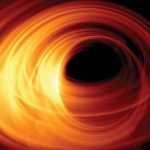
The supermassive black hole in the center of the Milky Way seems to be pointing a radio jet directly towards us.
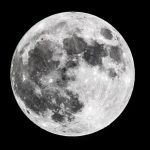
Most of carbon and nitrogen that makes up our bodies probably came from passing planet, researchers believe
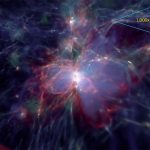
The light released from around the first massive black holes in the universe is so intense that it is able to reach telescopes across the entire expanse of the universe.
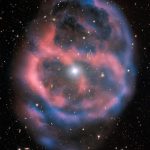
European Southern Observatory’s Cosmic Gems Programme captures last breath of a dying star
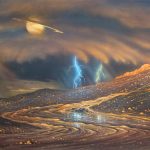
Observations from NASA’s Cassini spacecraft provide evidence of rainfall on the north pole of Saturn’s moon Titan. The rainfall would be the first indication of the start of a summer season in the northern hemisphere of the hazy moon.
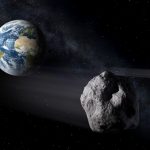
The era of renewed space exploration has led to some rather ambitious proposals.
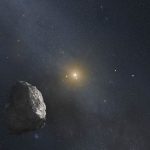
The strange orbits of some objects in the farthest reaches of our solar system, hypothesized by some astronomers to be shaped by an unknown ninth planet, can instead be explained by the combined gravitational force of small objects orbiting the sun beyond Neptune, say researchers.
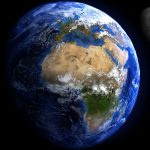
Planet and moon have been hit by more asteroids in the past 290m years than at any time in previous billion
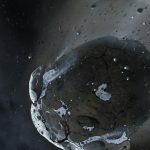
The ominously-named Apophis asteroid could have hundreds of opportunities to hit the Earth over the course of the next century, Russian scientists have warned.



